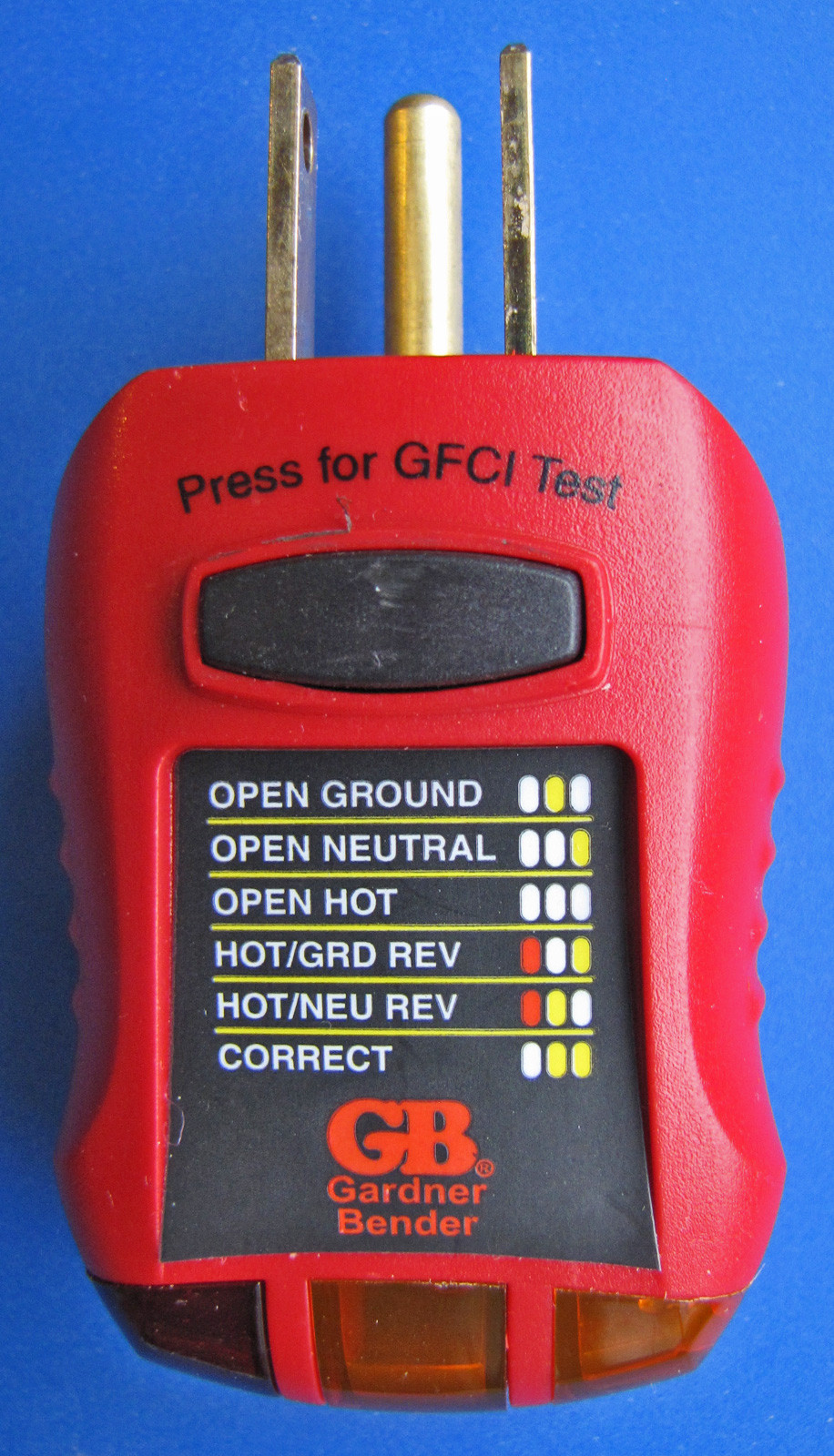I'm curious about this comment. It says what
... in the US or UK you should be able to go to a hardware store and buy an outlet tester for very little money. This is a little plastic housing which plugs into a wall socket and has 3 LEDs. The pattern of which LED lights up will tell you if your wall socket is properly wired.
But North American standard power connector isn't grounded, so 3 LEDs looks too many for me. Moreover, there is Japanese version of this connector which is polarity-agnostic even!
What is "mains outlet tester" (for proper wiring) in the context of US power connector standard? What extra LED indicates? Am I correct assuming what Japanese outlets are not testable at all?



